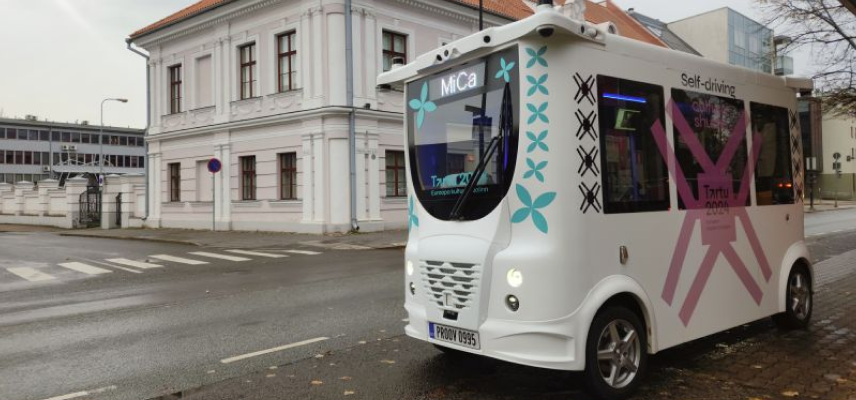Avanti R&D extends its heartfelt gratitude to AuveTech for their exceptional collaboration on the Tartu Autonomous Public Transportation Project. This innovative project, implemented in the European Capital of Culture 2024, has been a major success in demonstrating the transformative potential of autonomous vehicles in public transport systems.
For 92 days, MiCa and Iseauto, two advanced autonomous shuttles, successfully navigated a 4.92 km route connecting the Estonian National Museum and the Tartu City Museum. Operating in real-traffic conditions, the project faced unique urban challenges, such as mixed traffic environments, diverse weather conditions, and complex urban intersections. However, through careful planning and execution, the project not only achieved its goals but also made significant strides in demonstrating the scalability and public acceptance of autonomous public transportation.
Key Achievements:
- Successful Integration in Mixed Traffic: The autonomous shuttles operated seamlessly in urban environments, handling intersections, pedestrian crossings, and other complexities with ease.
- Environmental Sustainability: The electric-powered shuttles reduced carbon emissions, offering a more sustainable alternative to traditional vehicles.
- Public Engagement: The project received significant community support, demonstrating the public’s growing acceptance of autonomous transportation solutions.
The project was a collaborative effort between AuveTech, Avanti R&D, Yazaki Innovations, and the City of Tartu. With over 3426.4 km traveled and 1902 passengers served, this initiative has successfully positioned Tartu as a leader in smart city mobility.
Key Metrics:
- Distance Traveled: 3426.4 km over 92 days.
- Passengers Served: 1902 passengers experienced the future of public transportation.
- Route Efficiency: Consistently operated the 4.92 km route without disruptions.
Looking Ahead
This project has provided invaluable insights that will help AuveTech and its partners refine their autonomous solutions for future urban deployments. With lessons learned from real-world testing, there is great potential for scaling and expanding this technology into other smart cities worldwide.
We continue exploring autonomous mobility solutions that improve efficiency, sustainability, and accessibility in urban environments.

